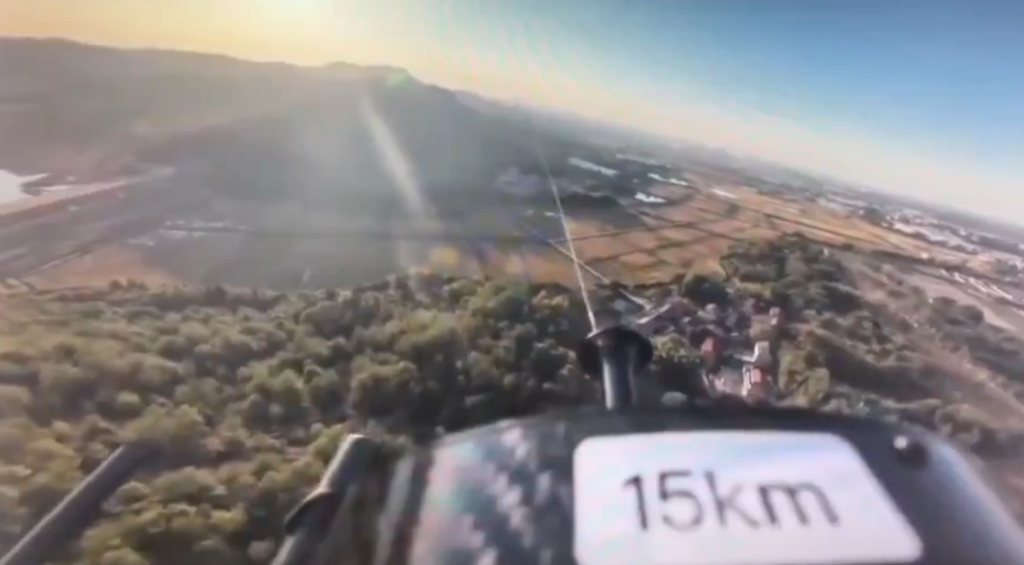They are virtually immune to electronic jamming.
Others are reading now
Drones have become a defining feature of modern warfare, reshaping strategies and introducing new possibilities on the battlefield.
Initially used for reconnaissance, drones now serve as cost-effective, precision weapons capable of carrying out missions that were once the domain of traditional air forces.
Over time, their role has expanded, proving invaluable in conflicts worldwide.
In Ukraine, this evolution has reached a new stage, with both sides adopting cutting-edge drone technology to gain a tactical edge.
Also read
Controlled Via Cables
The conflict between Russia and Ukraine has brought the central role of drones in combat to the forefront.
Among the latest developments are wired drones, which rely on fiber-optic cables for control instead of traditional radio signals.
This advancement makes them virtually immune to electronic jamming, a feature that has proven decisive on Ukraine’s electronically contested battlefield.
Russian forces were the first to deploy these drones extensively, using them for both reconnaissance and kamikaze missions.
Controlled via cables up to 15 kilometers long, these drones can operate without interference and carry explosives to strike targets with precision.
They have become a key tool in Russia’s arsenal, supporting their recent advances on the ground.
Ukraine has quickly adapted to this innovation. In recent months, Ukrainian forces have begun deploying their own wired drones.
Engineers working on the technology report that these drones now feature cables as long as 20 kilometers, high-resolution cameras, and payload capacities of over 12 pounds.
Their speed and range make them highly effective in both offensive and defensive operations.
Oleksandr Syrskyi, the head of Ukraine’s armed forces, recently reported that nearly half of Ukraine’s strikes in December 2024 involved drones, including wired variants.
While these weapons have helped Ukraine target Russian positions effectively, Syrskyi acknowledged that Russia’s use of wired drones poses a significant threat.

